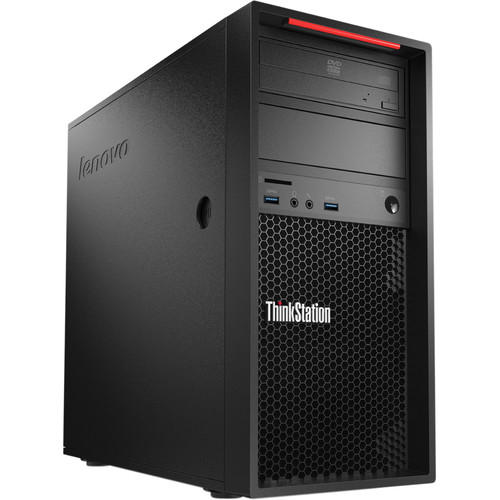Hi all!
I picked up a Lenovo Thinkstation p300 with an I7-4790 cpu for just $80 last night! I was super excited, I've been looking for a deal like this for a while. I need some advice on increasing the ram as well as advice on my upgrade plan.
I believe it has this ram: PC3-12800 DDR3 1600 MHz type RAM 8gb. I read that this motherboard can utilize dual ram so I want to get an identical stick of ram to do that but am worried I'll end up getting the wrong one. Can anyone point me in the right direction as far as how to tell if they'll be dual channel compatible?
My other next steps are to upgrade the PSU and GPU. I'm planning on going with an RX 580 nitro for the gpu.
Thanks in advance!

I picked up a Lenovo Thinkstation p300 with an I7-4790 cpu for just $80 last night! I was super excited, I've been looking for a deal like this for a while. I need some advice on increasing the ram as well as advice on my upgrade plan.
I believe it has this ram: PC3-12800 DDR3 1600 MHz type RAM 8gb. I read that this motherboard can utilize dual ram so I want to get an identical stick of ram to do that but am worried I'll end up getting the wrong one. Can anyone point me in the right direction as far as how to tell if they'll be dual channel compatible?
My other next steps are to upgrade the PSU and GPU. I'm planning on going with an RX 580 nitro for the gpu.
Thanks in advance!


